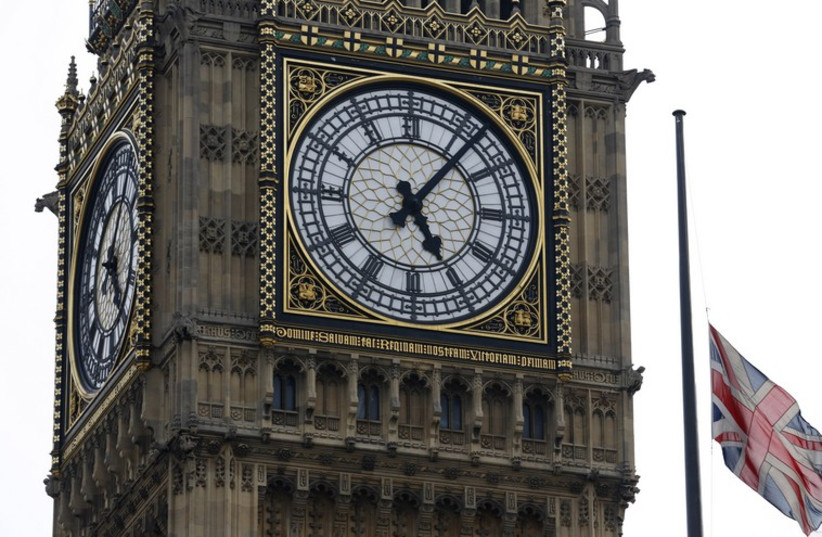An asteroid approximately the size of London's Big Ben is set to pass by Earth on Wednesday, according to NASA's asteroid tracker.
Designated 2022 KV1, this asteroid discovered in late May is characterized as an Apollo-class asteroid, meaning its orbit overlaps with Earth's.
This asteroid is estimated by the Center for Near-Earth Object Studies (CNEOS) at NASA's Jet Propulsion Laboratory (JPL) to have a maximum diameter of 100 meters. For context, Big Ben clocks in at 96 meters in height.

Will the asteroid hit us?
Almost definitely not.
The asteroid 2022 KV1 is set to pass by the Earth at a distance of around 4.28 million kilometers. For context, Earth's moon orbits the planet at a distance of roughly 384,000 kilometers.
However, on a cosmic scale, this distance might still seem to be a bit close. But either way, at a maximum of 100 meters in diameter, 2022 KV1 is not considered by NASA to be potentially hazardous and while an impact event could still cause a lot of damage, it wouldn't be catastrophic.
Regardless, NASA has calculated that the Earth is free of risk of a catastrophic asteroid impact for the next century. Minor impacts can still happen, however. In fact, one did back in March when asteroid 2022 EB5 impacted the planet.
In other words, Earth is safe from the worst.
Small asteroids can still cause damage, though. That was the case with a previous asteroid impact in 2013, when a small asteroid around 17-20 meters wide impacted, exploding over Chelyabinsk, Russia. While the impact itself wasn't severe, the shockwave caused thousands of windows to shatter and many people were injured and in need of medical attention from the shattered glass.
It is for this reason that scientists worldwide have worked to study the many asteroids in space and catalog them, calculating their trajectories and anticipating any possible impact events.
And there are many of them. Asteroids make up one of the most numerous types of objects in the solar system. Over 1,113,000 of them are currently known to exist in the solar system, according to NASA, but those are just the ones definitively identified, with experts always finding more.
It is for this reason that scientists are working on finding means of defending against a possible asteroid impact.
This includes NASA's groundbreaking Double Asteroid Redirection Test (DART) mission that is set to test the possibility of asteroid deflection.
